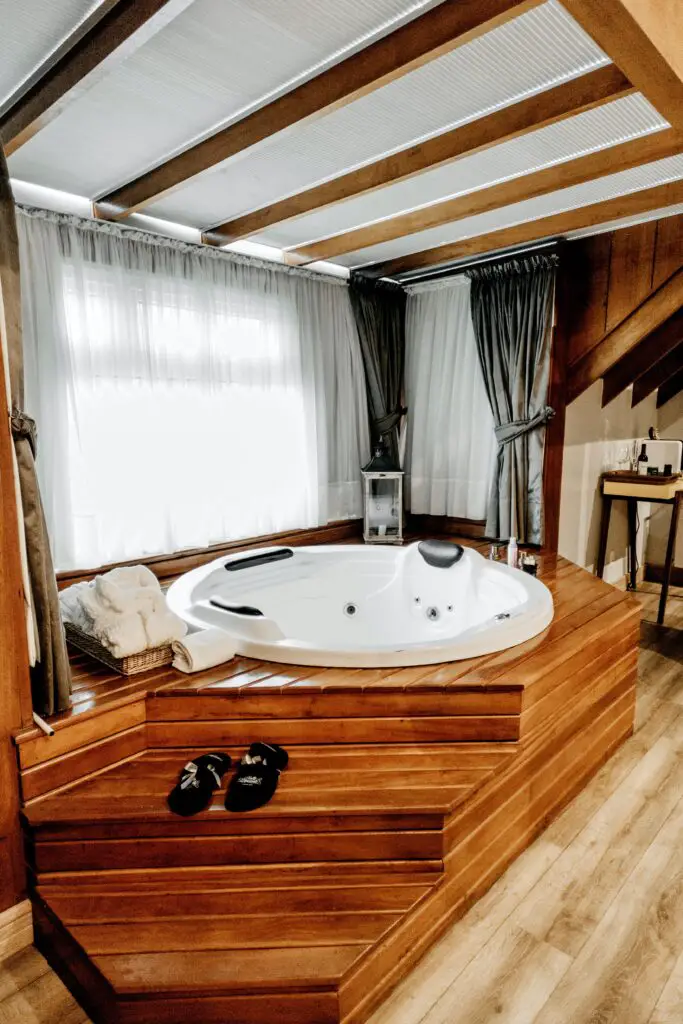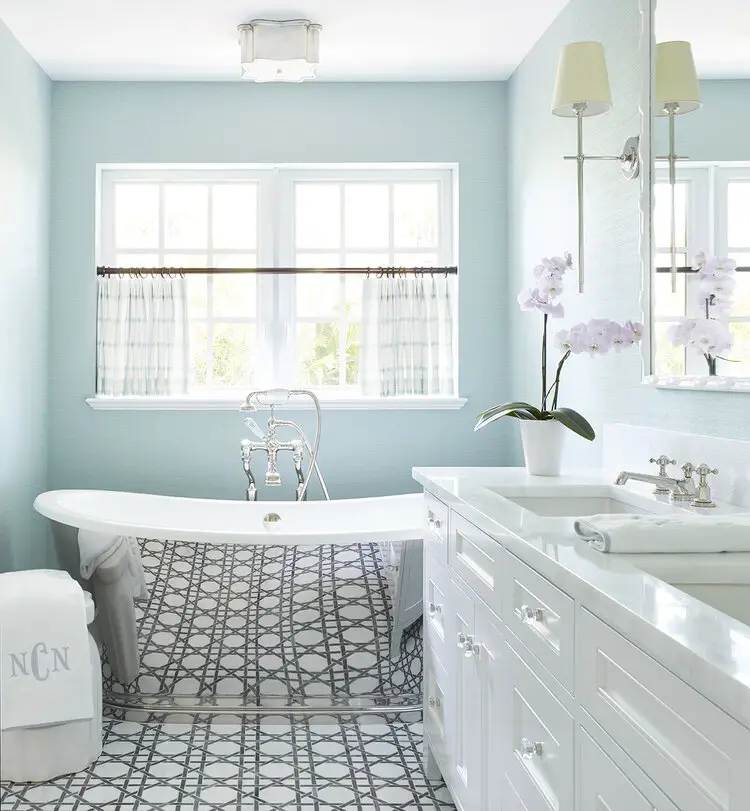Hot tubs are a great way to relax and unwind, but they’re also a lot of work. Before you get your new hot tub installed, it’s important to know everything that goes into getting it set up properly. In this article we’ll cover the electrical requirements, room preparation, access to the deliveries and maintenance requirements in detail so that you can be ready before your hot tub arrives.
Electrical Requirements

If you’re not an electrician, it’s best to have one come and check out the electrical requirements in your outdoor space. You’ll need a 110-volt outlet and possibly a 220-volt outlet, depending on which model of hot tub you choose. It’s also important to make sure that there are sufficient GFCI outlets nearby so that guests can plug in their cell phones and other devices without worrying about getting electrocuted by faulty wiring. If your house does not have ground fault circuit interrupters (GFCIs), then these should be installed before installing any other electrical equipment outside of the home.
Maintenance Requirements
Now that you have your hot tub, it’s time to get down to business—taking care of it. In order to have a hot tub that is as safe and enjoyable as possible, you need to make sure that certain tasks are completed on a regular basis.
Here’s a list of some of the most important maintenance requirements for hot tubs:
- Water Changing – You should change the water in your hot tub every three months or so (the exact time depends on how often you use it). This helps keep bacteria from building up in your water and keeps the water clean so that you can stay safe while using your spa.
- Filter Cleaning – The filters will need to be cleaned at least once a month so they don’t get clogged with dirt or debris. Cleaning them more often can help prevent other problems with your system such as algae growth in the pipes leading into and out of the filter itself!
- Jet Cleaning – It’s important that these parts be cleaned regularly because they tend not only collect dust but also moldy spores if left untreated too long!
Hot Tub Placement

- Hot tubs should be placed on a level surface. If the location has a slant, the hot tub plumber will need to install an extra-long hose or drain pipe that extends beyond the lowest point of the slope so that all water can drain away.
- Hot tubs should be placed away from trees and shrubs. In addition to keeping it out of reach of small children, this also helps prevent exposing your hot tub’s electrical and plumbing components to excessive moisture during the rainy season.
- Hot tubs should be placed away from buildings and fences. They may not be able to withstand strong winds, so keep it in mind when selecting where you want your hot tub set up for maximum enjoyment!
- Hot tubs should be placed away from power lines; ideally at least 10 feet away but at least 6 feet is recommended if possible (in some cases this may not be possible due to terrain conditions). This way no one gets electrocuted while they’re enjoying their relaxing soak in the spa!
Hot tubs come with a very long list of requirements to be fully ready for installation
There are a lot of requirements for your hot tub to be fully ready for installation. For example, it must be level and on a concrete slab. It also has to be at least 12 inches away from walls and other structures.

You’ll need a dedicated electrical circuit with an outlet near the hot tub location so you can run an extension cord from your home’s main electrical box to the spa’s location. And of course, you’ll need a dedicated drain line as well!
Conclusion
Hot tubs are a big investment, so it’s important to make sure that you have a good understanding of the installation requirements before going any further. Proper research and preparation will help you a lot. We hope this article has given you some tips in some way! For a reliable hot tub company, send us a message today.
Thanks to modtub.co for consulting on this post.
























